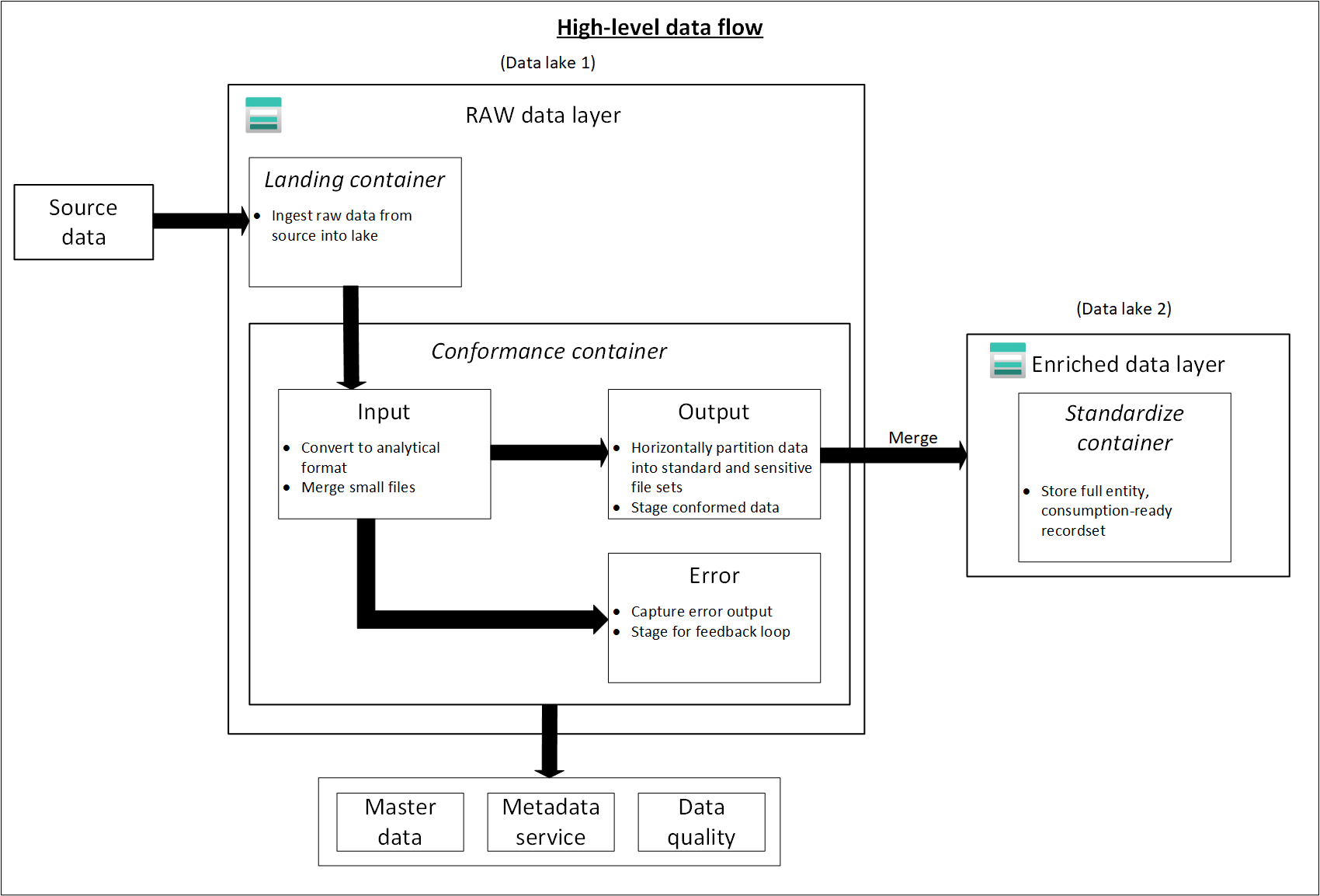
Overview
Modern analytics platforms, such as Microsoft Fabric, Azure Synapse, Databricks, and Snowflake, are designed to help organizations unlock the full potential of their data. While each platform offers unique capabilities, the real differentiator lies in how you structure and manage your data. A proven approach for building scalable, governed, and high-performing data solutions is the Medallion Architecture.
The Medallion Architecture organizes data into progressive layers, Bronze, Silver, and Gold, to ensure that raw data evolves into trusted, analytics-ready assets. This layered design is platform-agnostic, meaning it works regardless of whether you’re using a lakehouse, data warehouse, or hybrid architecture. Some organizations even extend this model with Platinum and Development zones for advanced analytics and experimentation.
What is the Medallion Architecture?
The Medallion Architecture is a multi-zone data lake pattern that structures data into stages of refinement. Each layer serves a distinct purpose:
Bronze Layer (Raw Data)
- Purpose: Acts as the landing zone for raw, unprocessed data.
- Characteristics: Data is ingested from multiple sources—structured, semi-structured, and unstructured
- Benefits: Preserves the original fidelity of data for auditing and reprocessing.
Silver Layer (Enriched Data)
- Purpose: Introduces structure, quality, and consistency.
- Characteristics: Data is cleansed, normalized, and enriched with business logic. Duplicates are removed, schemas standardized, and relationships established.
- Benefits: Makes data usable for most analytical workloads while maintaining flexibility.
Gold Layer (Curated Data)
- Purpose: Provides business-ready datasets optimized for reporting and analytics.
- Characteristics: Aggregated, KPI-driven datasets tailored for dashboards, BI tools, and decision-making.
- Benefits: Enables self-service analytics and trusted insights across the organization.
Beyond Gold: Platinum and Development
- Platinum Layer: Specialized datasets for machine learning, predictive analytics, and advanced modeling.
- Development Zone: A sandbox for experimentation and prototyping without impacting production pipelines.
Why Adopt the Medallion Architecture?
- Platform-Agnostic: Works seamlessly across Fabric, Synapse, Databricks, and Snowflake.
- Scalability: Each layer isolates complexity, making pipelines easier to manage and scale.
- Data Quality: Progressive refinement ensures downstream consumers trust the data.
- Flexibility: Supports innovation through additional zones like Platinum and Development.
Best Practices for Implementation
- Automate Ingestion: Use tools like Databricks Autoloader or Fabric Data Pipelines to populate the Bronze layer reliably.
- Apply Governance: Implement data cataloging, lineage tracking, and security policies across all layers.
- Optimize Storage: Use partitioning, compression, and indexing in Silver and Gold for performance.
- Enable Self-Service: Make curated datasets in Gold easily accessible to business users through BI tools and semantic models.
Final Thoughts
Data engineering is about process, not platform. By adopting the Medallion Architecture, you create a foundation that scales with your business needs and technology choices. Whether you’re using Microsoft Fabric, Azure Synapse, Databricks, or Snowflake, the principles remain the same: start raw, enrich progressively, curate for insight, and innovate beyond.
If you have any questions or just want to talk, feel free to reach out to me on Linkedin!



